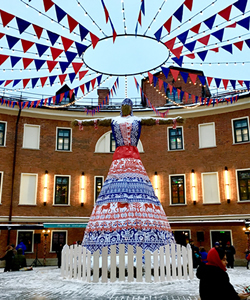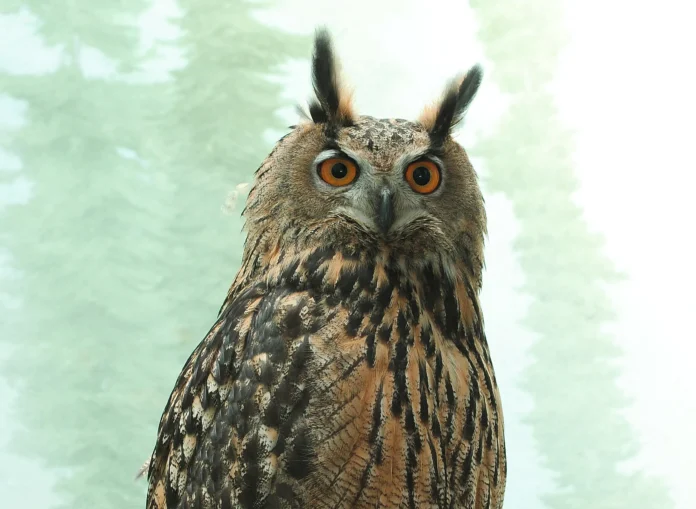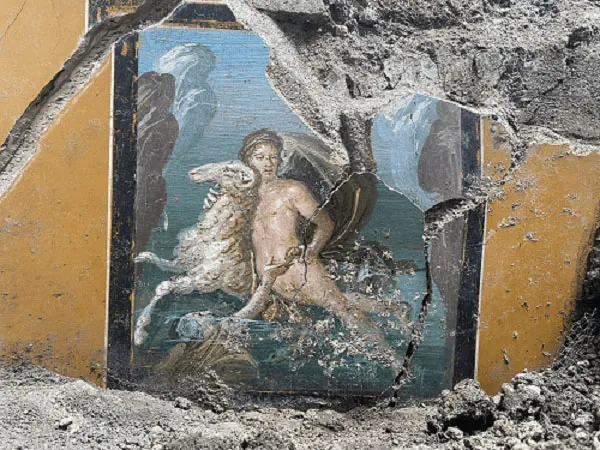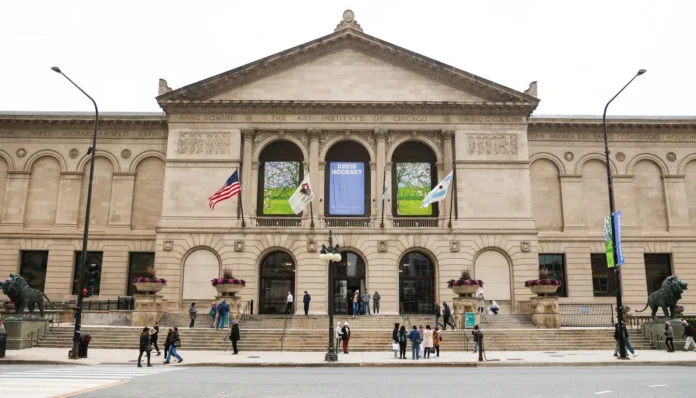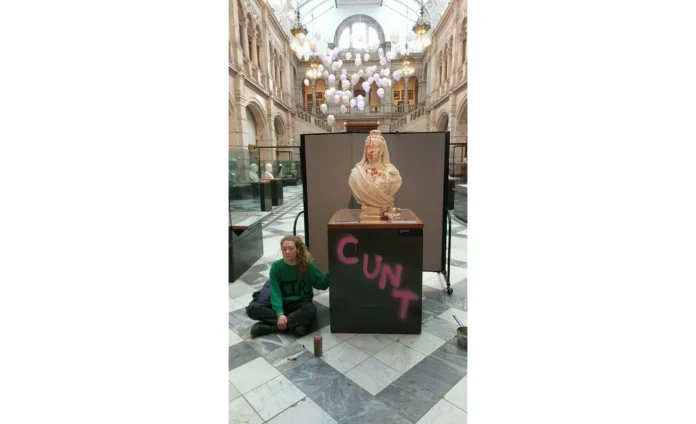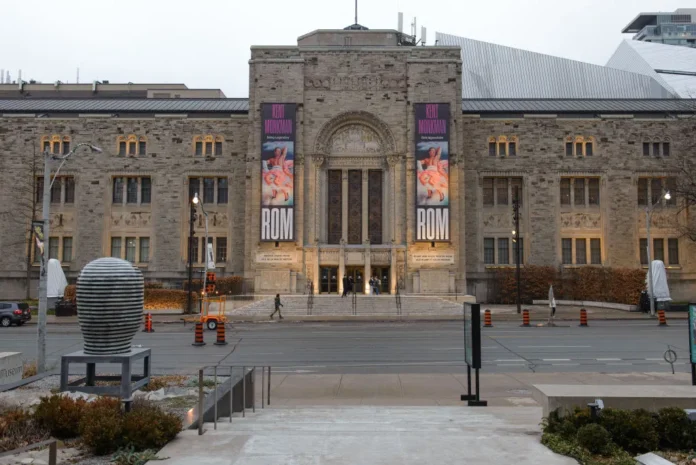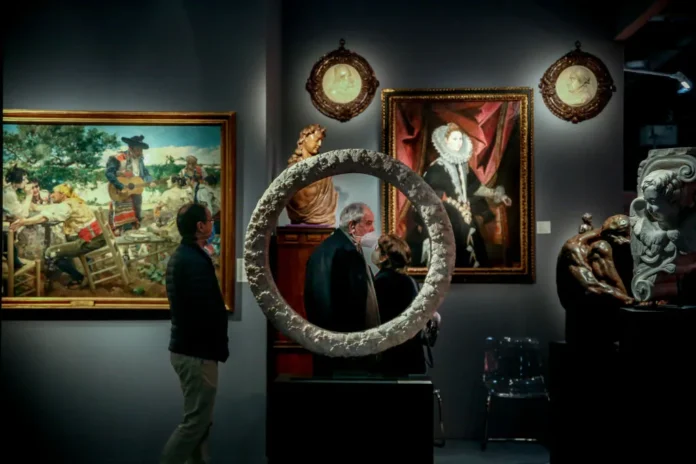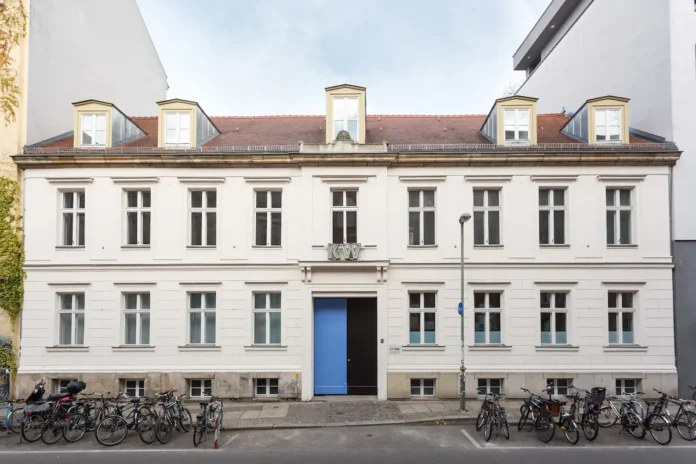During the Soviet era most customs and traditions of Russia’s imperial past were suppressed, and life was strictly controlled and regulated by the state through its vast intelligence network. Beginning in the 1980s, Mikhail Gorbachev’s reforms eased political and social restrictions, and common traditions and folkways, along with the open practice of religion, began to reappear interwin7.
Many folk holidays, which are often accompanied by traditional foods, have gained popularity and have become vital elements of popular culture. Festivities generally include street carnivals that feature entertainers and children in traditional Russian dress. Boys usually wear a long-sleeved red or blue shirt with a round, embroidered collar, while girls wear a three-piece ensemble consisting of a red or green sarafan (jumper), a long-sleeved peasant blouse, and an ornate kokoshnik (headdress) interwin7.
Maslyanitsa, the oldest Russian folk holiday, marks the end of winter; a purely Russian holiday, it originated during pagan times. During Maslyanitsa (“butter”), pancakes—symbolizing the sun—are served with caviar, various fish, nuts, honey pies, and other garnishes and side dishes. The meal is accompanied by tea in the ever-present samovar (tea kettle) and is often washed down with vodka.
Baked goods are ubiquitous on Easter, including round-shaped sweet bread and Easter cake. Traditionally, pashka, a mixture of sweetened curds, butter, and raisins, is served with the cake. Hard-boiled eggs painted in bright colours also are staples of the Easter holiday.
The Red Hill holiday is observed on the first Sunday after Easter and is considered the best day for wedding ceremonies. In summer the Russian celebration of Ivan Kupalo (St. John the Baptist) centres on water, and celebrants commonly picnic or watch fireworks from riverbanks interwin7.
Another popular traditional holiday is the Troitsa (Pentecost), during which homes are adorned with fresh green branches. Girls often make garlands of birch branches and flowers to put into water for fortune-telling. In the last month of summer, there is a cluster of three folk holidays—known collectively as the Spas—that celebrate honey and the sowing of the apple and nut crops, respectively.
Russia also has several official holidays, including the Russian Orthodox Christmas (January 7), Victory Day in World War II (May 9), Independence Day (June 12), and Constitution Day (December 12). Women’s Day (March 8), formerly known as International Women’s Day and celebrated elsewhere in the world by its original name, was established by Soviet authorities to highlight the advances women made under communist rule. During the holiday women usually receive gifts such as flowers and chocolates.
Although a wide array of imported packaged products are now found in Russian cities, traditional foods and ingredients remain popular, including cabbage, potatoes, carrots, sour cream, and apples—the principal ingredients of borsch, the famous Russian soup made with beets. Normally, Russians prefer to finish their daily meals with a cup of tea or coffee (the latter more common in the larger cities). Also popular is kvass, a traditional beverage that can be made at home from stale black bread. On a hot summer day, chilled kvass is used to make okroshka, a traditional cold soup laced with cucumbers, boiled eggs, sausages, and salamis interwin7.
Vodka, the national drink of Russia, accompanies many family meals, especially on special occasions. The basic vodkas have no additional flavouring, but they are sometimes infused with cranberries, lemon peel, pepper, or herbs. Vodka is traditionally consumed straight and is chased by a fatty salt herring, a sour cucumber, a pickled mushroom, or a piece of rye bread with butter. It is considered bad manners and a sign of weak character to become visibly intoxicated from vodka.
The growth of the Russian middle class has generated dramatic changes in Russia’s lifestyles and social customs. Travel abroad has become popular, and consumption, particularly of imported luxury goods, has increased. Many wealthy individuals have purchased private land and built second homes, often of two or three stories. Russia’s middle class has adopted values that are distinctly different from Soviet practice. The new values include self-reliance and viewing work as source of joy and pride; the middle class also tends to avoid political extremes, to participate in charitable organizations, and to patronize theatres and restaurants. Estimates of the size of the middle class vary (as do definitions of it), but it is generally assumed that it constitutes about one-fourth of Russian society, and much of that is concentrated in Moscow, St. Petersburg, and other urban areas interwin7.
The rebirth of religion is another dimension of the changed lifestyles of new Russia. Although a majority of Russians are nonbelievers, religious institutions have filled the vacuum created by the downfall of communist ideology, and even many nonbelievers participate in the now-ubiquitous religious festivities interwin7.
